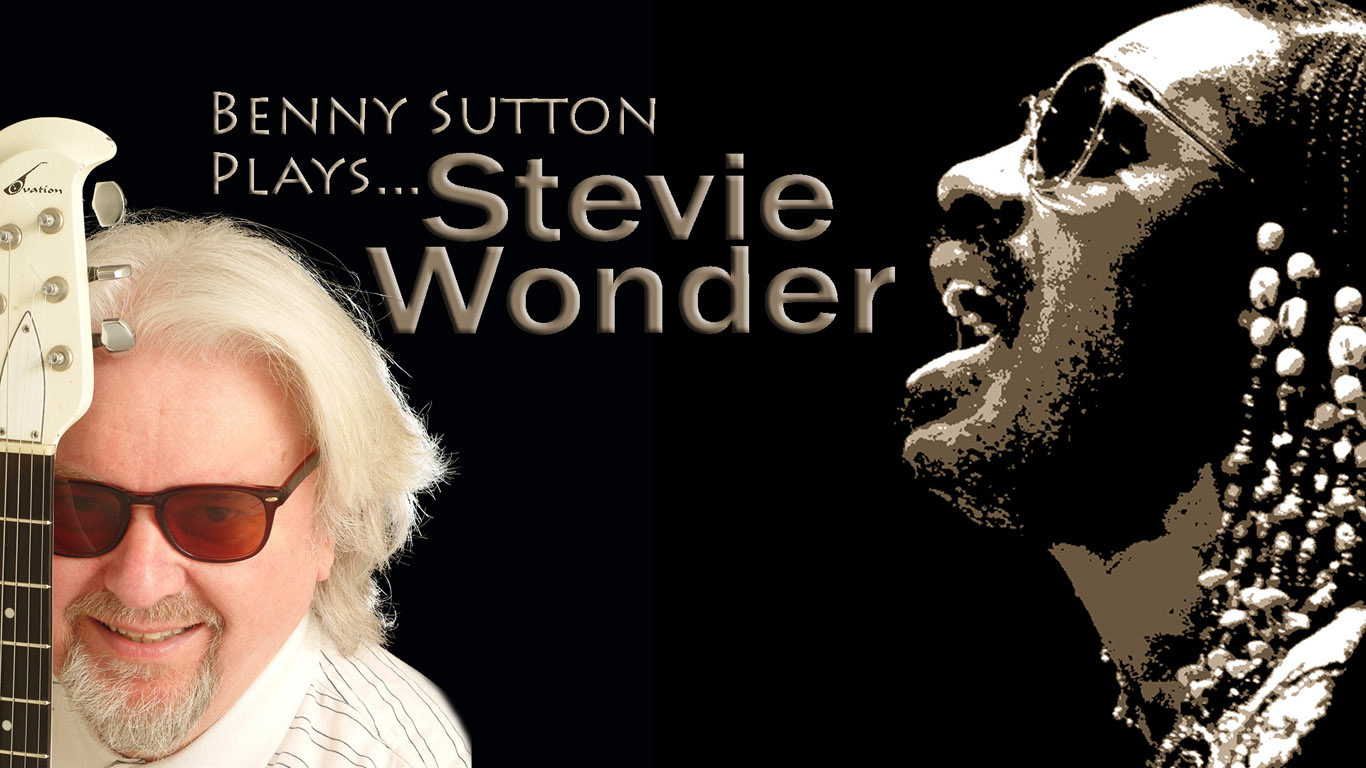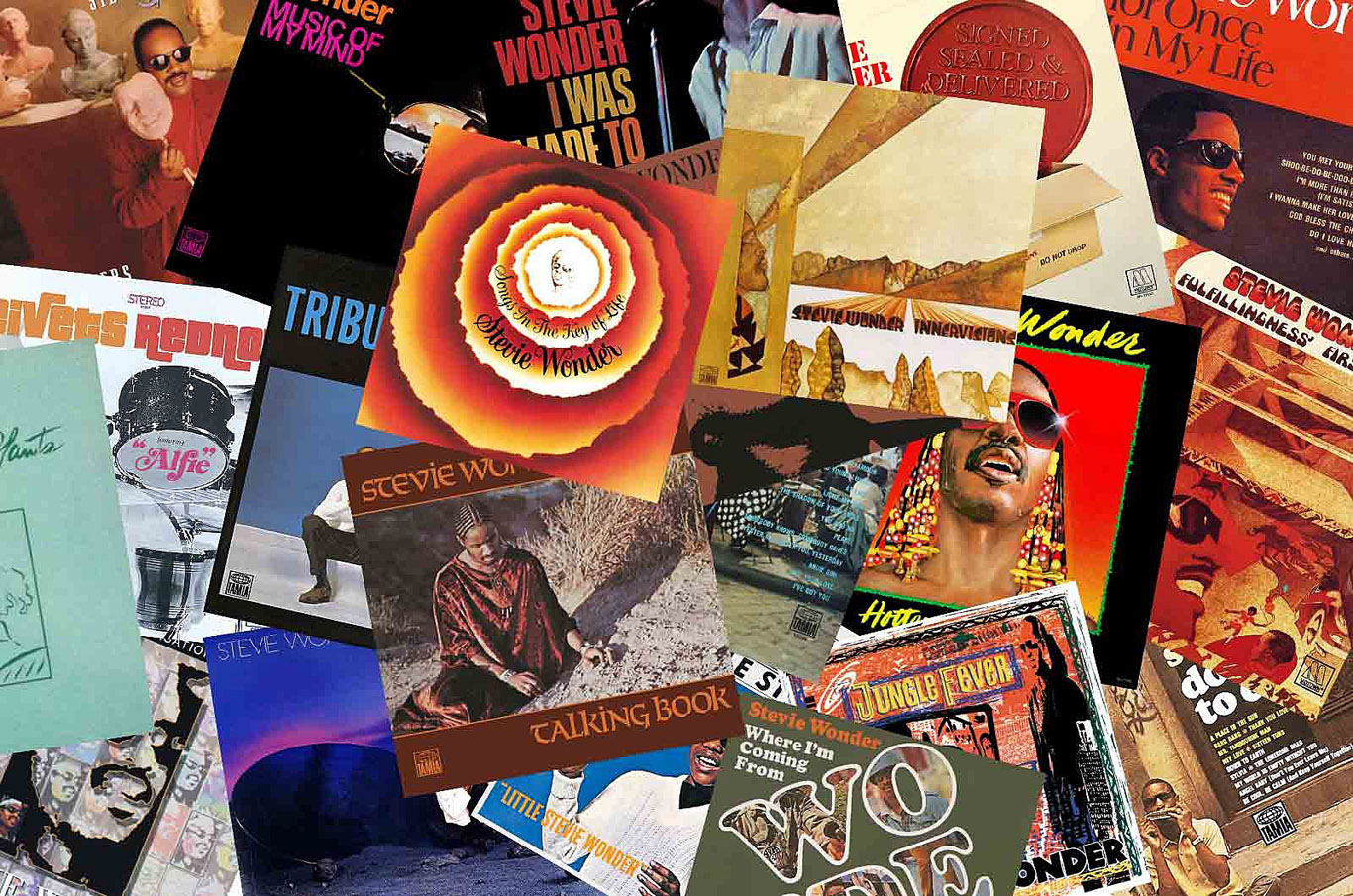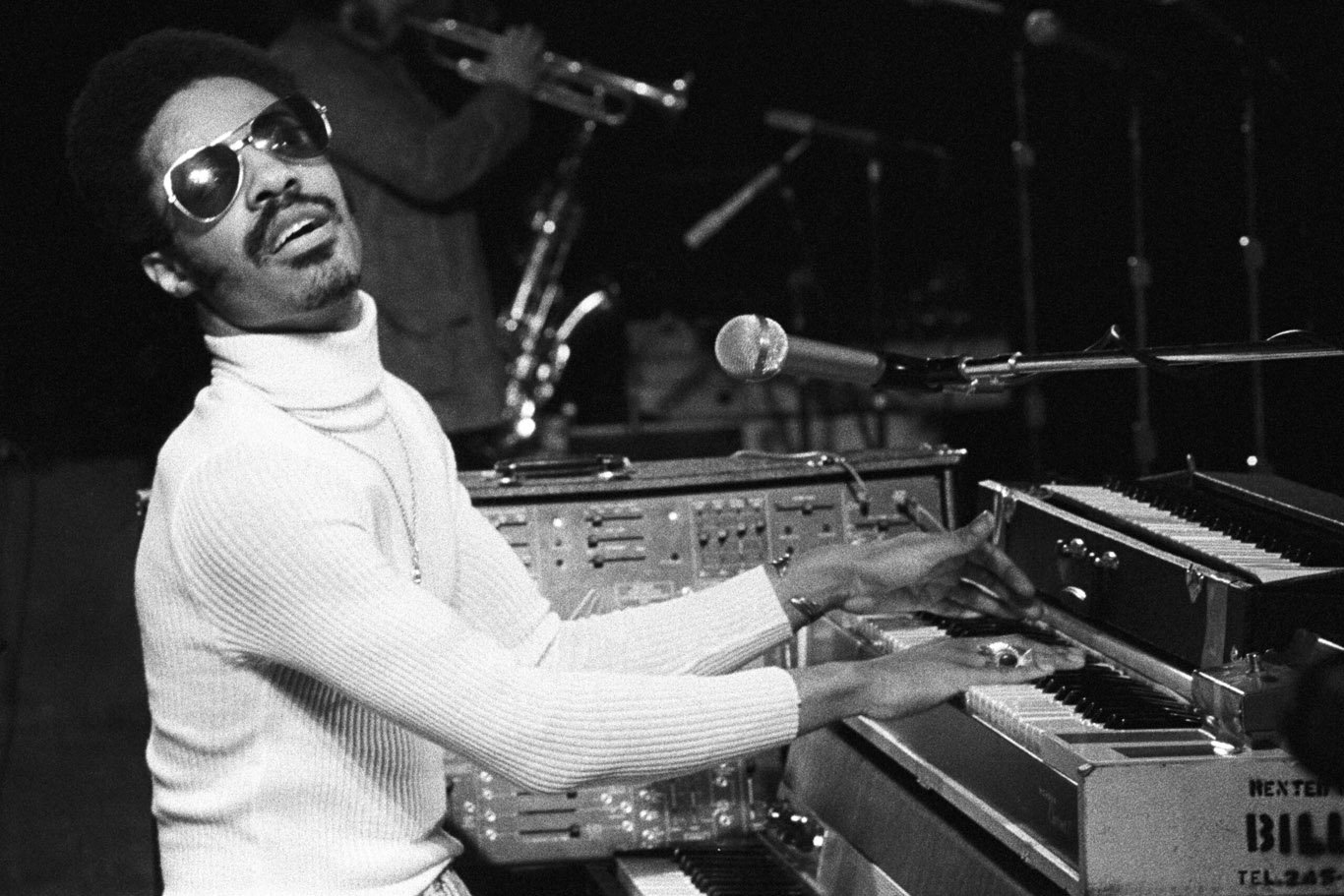`Superstition LIVE` by Stevie Wonder is a great vocal track





Download Superstition LIVE here as an MP3
Play: Superstition LIVE
Benny and Tony Bluestone team up for a 'down and dirty' live version of the Stevie Wonder classic 'Superstition'.
This is their high energy and rock steady take on an iconic track that they make their own with Ben's bluesy guitar and arrangement. Most cover this song at frenetic pace, this is deliberately slow.
Tony does what he does best, a vocal performance that takes no prisoners! His passion and conviction drives the band to a great interpretation that even Stevie would be proud of.
Musical Analysis of "Superstition" by Stevie Wonder
"Superstition," released in 1972 on Stevie Wonder's album “Talking Book”, is a quintessential example of funk music.
It was originally written for guitarist Jeff Beck to play on, though he didn’t play on the record, just live later
How to play the Clavinet part on Superstition
The song is primarily in the key of E-flat minor (E♭m) which is played mostly Pentatonic mode, and there is a good reason for this key choice. The key E♭m is all the black keys on a piano. It’s the worst key for guitarists but for keyboards E♭m not only all gives the song its distinctively moody and intense vibe, which is central to its sound, but it makes it super easy to play a rhythmic groove on clavinet, almost like drumming congas. This was the first time a clavinet was used on a funk track like this, and you can’t underestimate how revolutionary it was.
There are loads of ‘how to play the clavinet part in Superstition’ and most get it wrong because it is not one part but several. I still haven’t figured it out but use a second clav with wah-wah at counterpoint and get close to the vibe.
Chord Progression
Verse and Chorus - E♭m7 - G♭7 - A♭m7 - B♭7. In Roman numeral analysis for the key of E-flat minor, this progression is Verse and Chorus - i7 - III7 - iv7 - V7
This sequence creates a strong sense of movement and tension, particularly with the dominant seventh chords (III7 and V7) adding a bluesy feel.
Structure
The structure of "Superstition" follows a classic pop/rock format
- Intro
- Verse 1
- Chorus
- Verse 2
- Chorus
- Bridge (Instrumental)
- Verse 3
- Chorus
- Outro
Melody/Motifs
The melody in "Superstition" is built around short, repetitive motifs that are both rhythmic and melodic. The vocal line often mirrors the syncopated rhythm of the main riff, creating a tight interplay between the voice and instruments. Wonder's use of blues scales and his expressive vocal delivery add depth to the melody.
Rhythmic Style/Meter
The song is in 4/4 time, but what sets it apart is its syncopated rhythm. The rhythm section, including drums and bass, locks into a tight, driving groove that propels the song forward. Stevie played the drums on the track (yes he is that good!) and panned them in crazy fashion across the stereo image.
~What Makes Superstition so Interesting?
Syncopated Clavinet Riff: The clavinet riff is one of the most recognizable in music history.
Rhythmic Complexity: The interplay of syncopated rhythms and tight grooves showcases Wonder's mastery of rhythm.
Expressive Vocals: Wonder's vocal performance is both powerful and nuanced, conveying the song's themes of caution and superstition with emotional depth.
Innovative Production: The production quality, with layered instruments and a clear, punchy mix, highlights Wonder's innovative approach to recording.
Context in Music
"Superstition" stands as a landmark in the development of funk music. Its success helped bring funk into the mainstream and influenced countless artists in genres ranging from rock to hip-hop. The song's groove and rhythmic innovation have been widely sampled and covered, making it a staple in modern music production.
Chart Position and Awards
Chart Position: "Superstition" reached No. 1 on the Billboard Hot 100 chart in 1973, becoming one of Wonder's most successful singles.
Awards: The song earned Stevie Wonder a Grammy Award for Best R&B Vocal Performance, Male, in 1974.